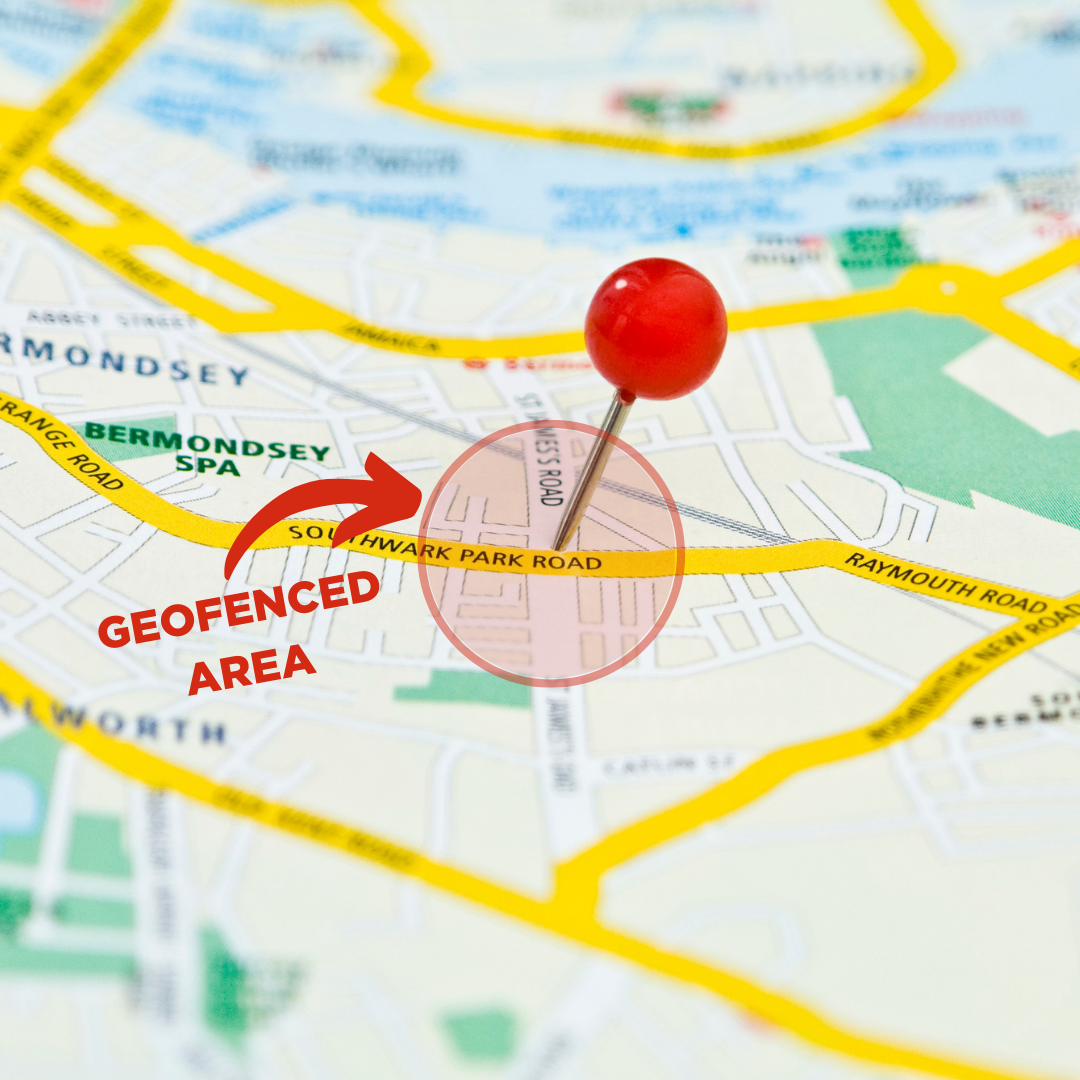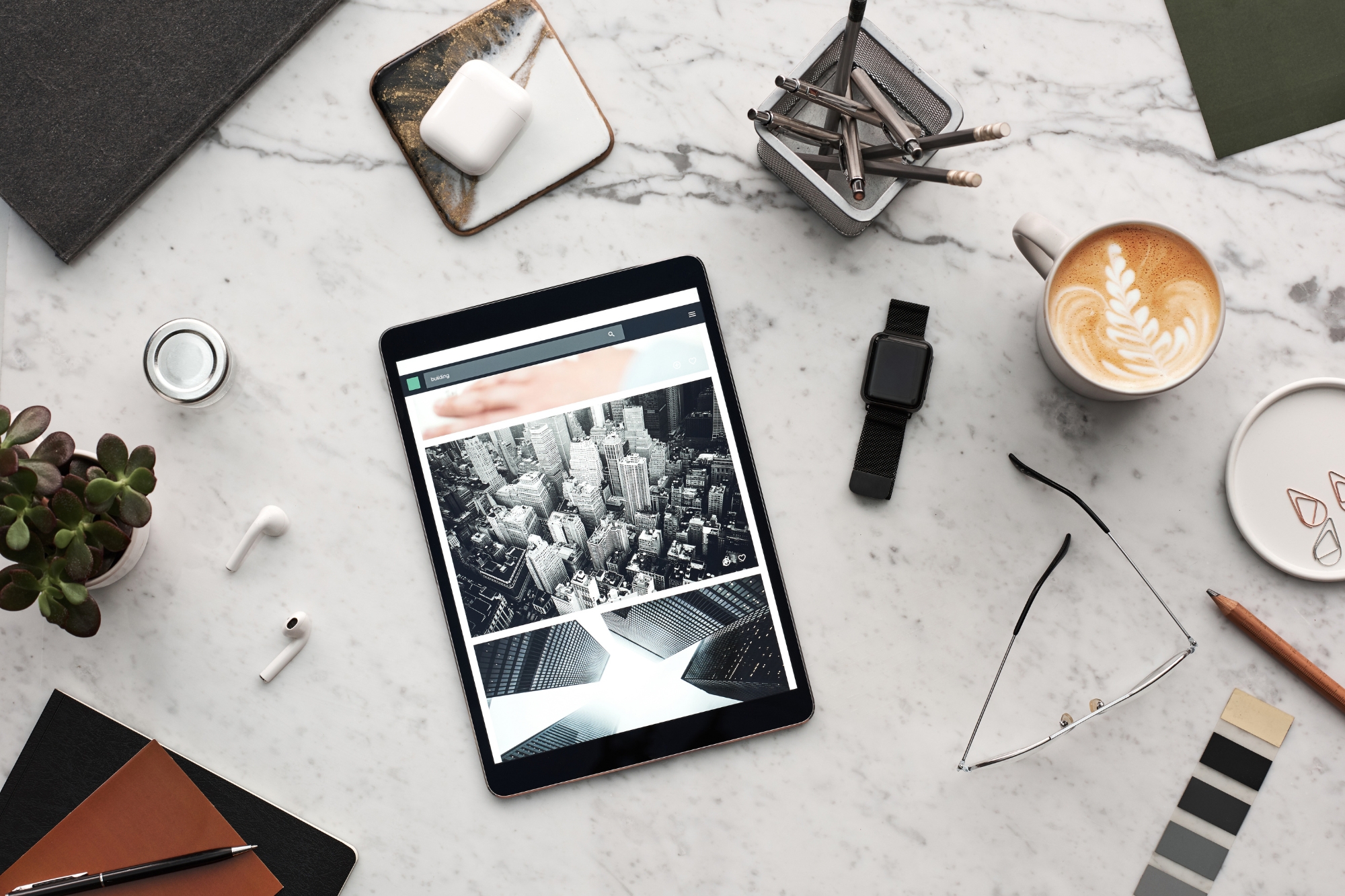What Is Geofencing and How Do You Use It?
Geofencing is a location-based service that uses GPS technology to define virtual boundaries around a physical location. This allows businesses to create automated triggers when customers enter or leave an area, providing real-time notifications and insights into customer behavior. It is important to note that only opted-in, privacy-compliant precise location data is used. Geofencing is used for marketing purposes, such as sending targeted promotions to customers within the parameters of the geofence. By using geofencing technology, companies can gain valuable insights into customer movements and preferences to improve their marketing strategies and increase ROI.
Geofencing has quickly become a powerful tool for businesses to modernize and optimize their operations. It can be used to send mobile push notifications, trigger marketing text messages, display ads across social media, and more. By leveraging location-based technology, companies can create ads based on how their customers behave and improve future marketing campaigns. In this blog post, we will explore the benefits of geofencing and how to use it successfully.
How to use geofencing
Geofencing offers many benefits to businesses looking to modernize their operations and improve customer experience. By creating virtual boundaries around physical locations, businesses can provide offers to potential customers and current customers. Some location examples to geofence include:
- Your own retail location
- Events and trade shows
- Competitor locations
- Streets
- Household addresses
For example, a business that sells supplements for animals might want to create a geofence around veterinary offices or a local dog show that happens once a year and serve them ads for their supplements. A pizza place could create a geofence around other restaurants that offer pizza and display a coupon to persuade them to come to their location instead.
You might remember a time you got off a flight and received a push notification from your Uber app letting you know that there are Uber drivers available to drive you to your destination. By creating a geofence around locations like hotels and airports, Uber is effectively targeting customers who are most likely to need a ride.
Geofencing can also be used to retain current customers. By capturing the mobile ad ID of anyone who visits a retail location, we have the ability to serve them digital ads inviting them to come back again. These ads will show up when mobile users in the geofenced area access apps on their phones or browse the internet. It is extremely targeted and that is why it is typically very successful.
Geofencing Benefits
Hyper-targeted: Geofencing allows businesses to target only those people who are expressing an interest in what they are offering either by visiting your location or shopping with a competitor.
Less expensive: With traditional mass marketing, businesses are spending money to target everyone within a broad area regardless of their preferences as a consumer – resulting in a lower ROI.
Instant incentives: With geofencing, ads/push notifications/texts are triggered when a person is within the geofenced area. So, the offer is received while the consumer is still close enough to immediately take advantage of it.
Brand awareness: Shopping in busy areas can mean consumers have many options. Geofencing is a great way to keep customers thinking about you, providing them with incentives that will make them choose YOUR store over all those competitors.
Improve marketing efforts with customer insights
Geofencing enables businesses to see data immediately by providing real-time notifications when customers enter or leave a designated area. This data can be used to tailor marketing campaigns based on past visits and preferences, increasing ROI from marketing efforts. Businesses can send personalized messages or promotions to customers who frequently visit their location while also tracking the effectiveness of these campaigns.
Additionally, geofencing can be used to track customer movements in physical locations in order to better understand their buying habits and provide more targeted advertising. Meijer uses location-based data to create a seamless shopping experience. Customers can create their shopping lists within the Meijer app and once they are inside the store, the app will reorder the items on the list based on their location in the aisles, thus making it faster and easier to complete your shopping. Customers will also receive offers relevant to their purchases for an overall personalized experience.
A recent example of geofencing at work is when my friend was looking at kids’ party decorations in a big box store. She stayed in that aisle for quite some time just browsing before she settled on a dinosaur theme. Shortly after leaving, she began seeing ads on her social media apps for dinosaur-themed party decorations – and she was even served an ad that prompted her to make a purchase. By leveraging this kind of data, businesses can improve their marketing strategies and increase ROI from advertising.
Tips for successful geofencing
Determine where your ideal customer spends time
This is important to maximize the effectiveness of geofencing. Ask yourself questions such as: Where does my target audience live? What types of establishments do they patronize? Which events and activities are they likely to attend or participate in? Once you have identified the places and activities your customers are likely to engage in, you can use geofencing technology to target them with personalized messages.
Create precise geofences
The beauty of geofencing technology is that it provides hyper-targeted ads to the right audience. Therefore, creating a geofence that is within a 15-mile radius is unreliable and a waste of your marketing budget. Targeting people who live within a mile of a business, have recently visited a business, are shopping with a competitor, etc. will ensure you are reaching the people most likely to engage with your ad or visit your business.

A compelling call to action
The CTA needs to inspire the recipient to take action. This can be a coupon code, a sale, an exclusive discount, or any offer that will make your audience want to visit your store. Personalizing the offer makes it even more enticing. For example, you could receive a push notification from the Dunkin Donuts app, when you are near a Starbucks, offering you a discount on the drink you recently ordered. Not only are you being offered a discount on a drink you enjoy, but it makes you feel like Dunkin knows and cares about their customers.
Part of the bigger picture
The bottom line is that geofencing presents a great opportunity for businesses looking to keep up with the latest technologies and optimize their marketing efforts. By taking advantage of these powerful tools, companies can stay ahead of the competition and ensure success in today’s digital world. Here at Bluegrass, we find geofencing to be a great addition to other digital, and even direct marketing, strategies. Geofencing is part of our omnichannel marketing platform called Amplify. If you’d like to learn more about how we can implement geofencing into your next marketing campaign just leave a comment below or give us a call.
Interested in how Bluegrass can help?
See what we can do.
You may also like...





